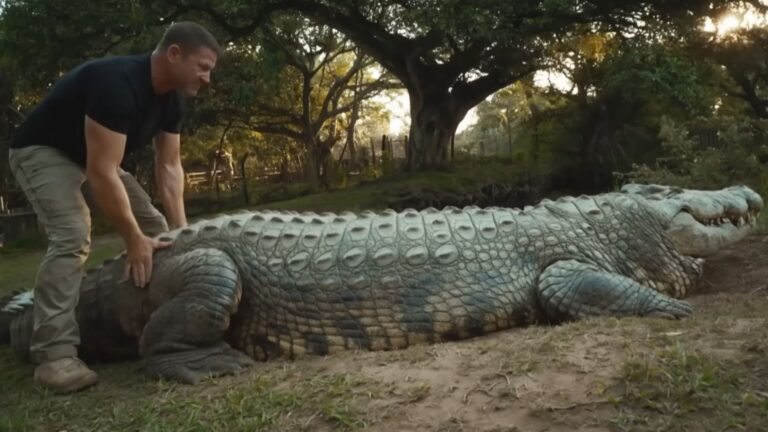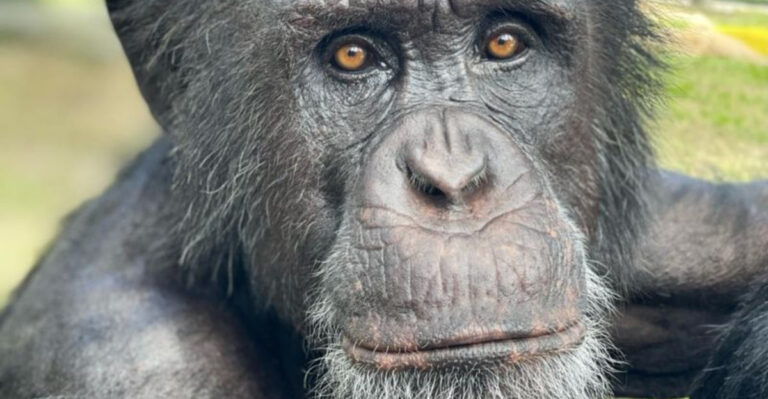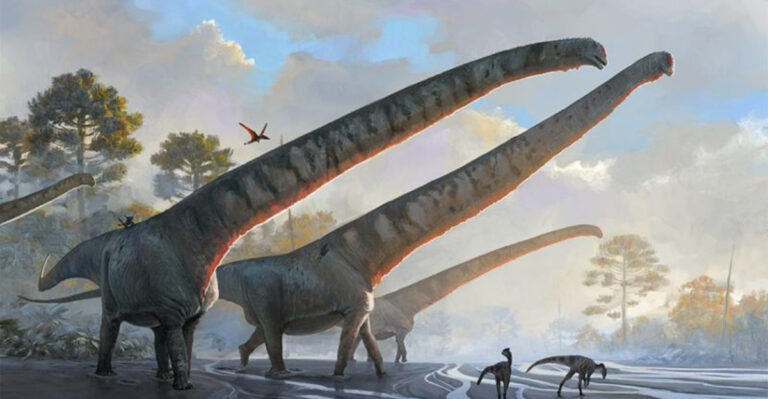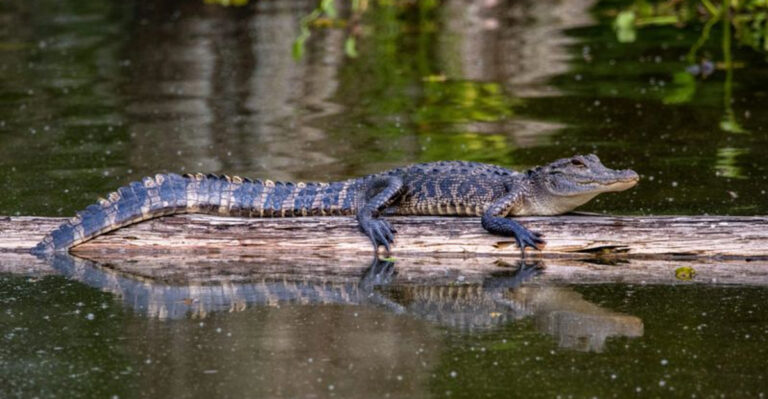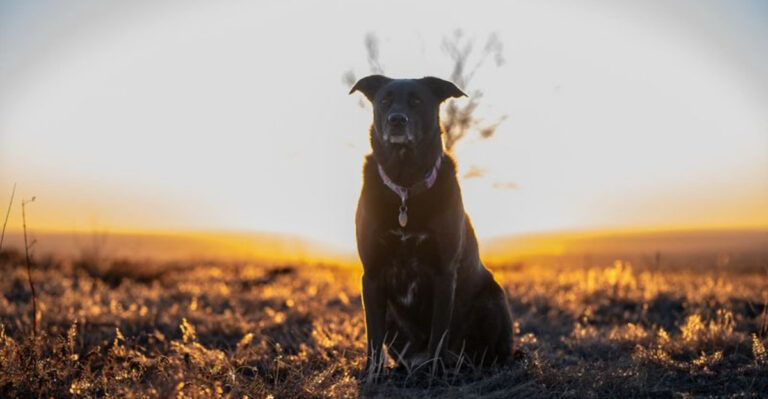The Crocodile In Ancient Nile Mythology And Aboriginal Creation Stories
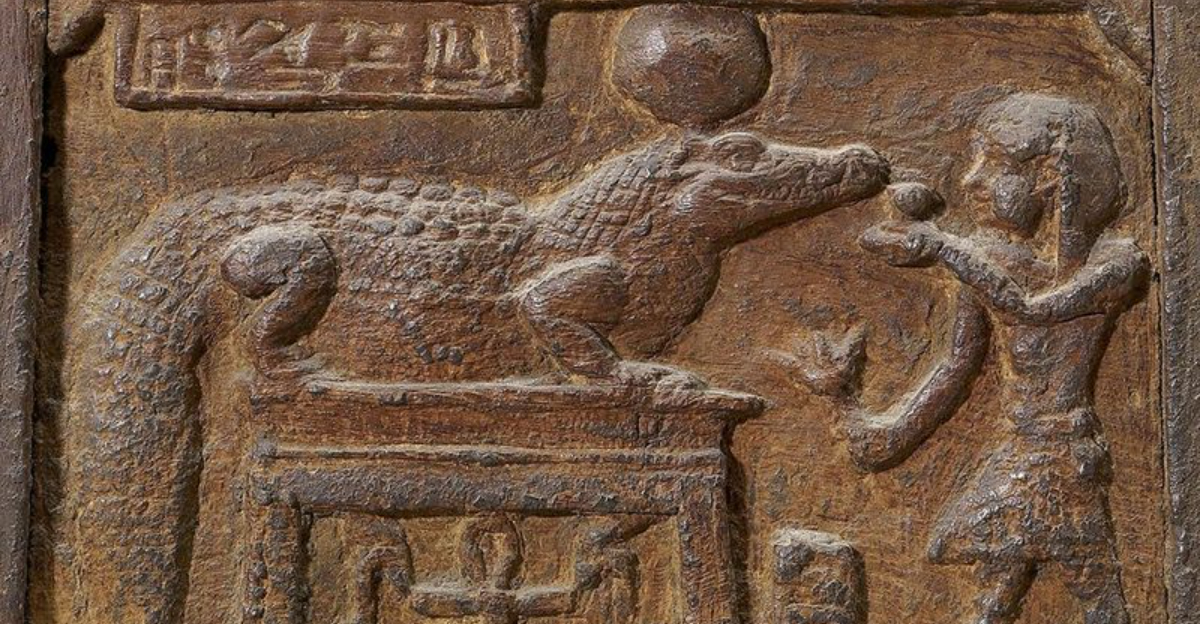
Crocodiles have fascinated and terrified humans across cultures for thousands of years. These ancient reptiles feature prominently in both Egyptian mythology along the Nile River and Aboriginal Dreamtime stories of Australia.
Powerful and mysterious, crocodiles symbolize fundamental forces in these distinct cultural traditions, representing everything from divine power to creation itself.
Sobek And The Sacred Power Of The Nile Crocodile
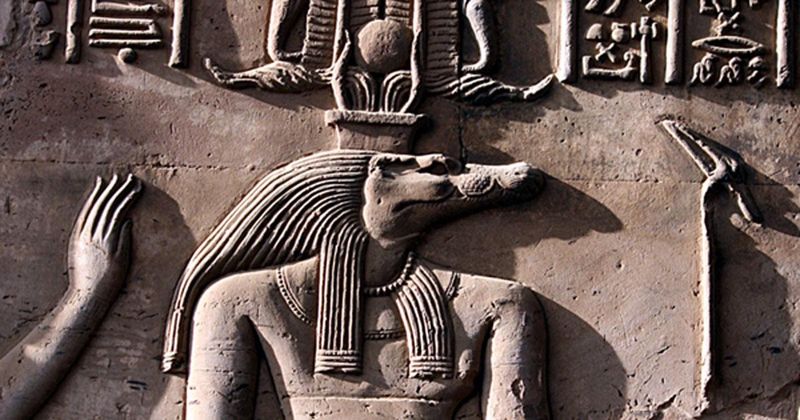
Crowned with a crocodile head, Sobek stood among Egypt’s most fearsome and respected deities. Ancient Egyptians worshipped him as a god of fertility, military prowess, and pharaonic power.
Temples dedicated to Sobek dotted the Nile Valley, with priests tending to live crocodiles in sacred pools. These reptiles, adorned with gold jewelry and fed choice meats, represented the god’s earthly presence.
The city of Crocodilopolis became the center of Sobek worship, where mummified crocodiles were buried with the same care given to humans. Excavations have uncovered thousands of these mummies, testifying to the profound reverence Egyptians held for these scaled creatures.
How Ancient Egyptians Viewed The Crocodile As Both Protector And Destroyer
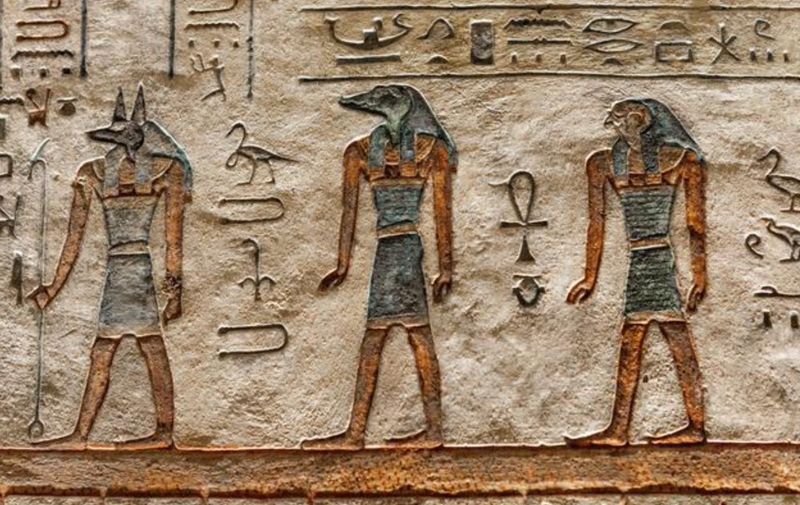
Lurking beneath the Nile’s surface, crocodiles embodied perfect duality in Egyptian thought. Farmers prayed to crocodile deities for protection against floods, while fearing the same creatures might claim their lives during river work.
Royal symbols frequently incorporated crocodile imagery to represent pharaonic might. A king could defend his people like the crocodile defends its territory – swiftly and without mercy to enemies.
Mothers placed crocodile amulets near newborns to ward off evil spirits. The ferocity that made crocodiles dangerous also made their symbolic protection valuable, turning potential destruction into a shield against harm – a perfect example of Egyptian balance between chaos and order.
Crocodiles In The Egyptian Afterlife And The Journey Of The Soul
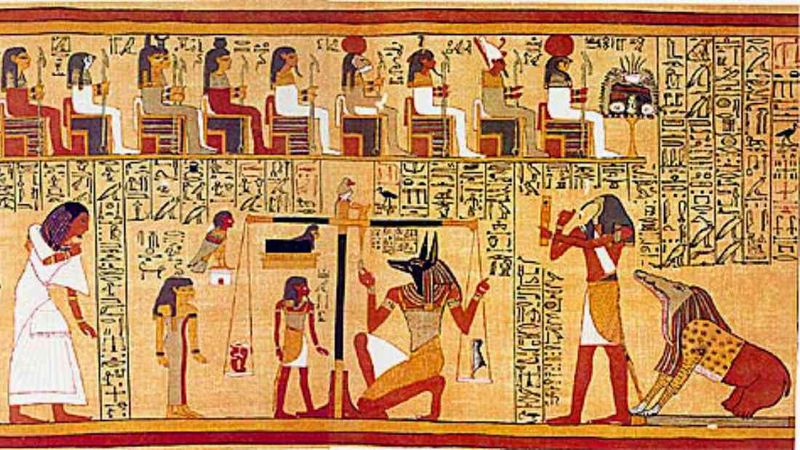
Ammit, the Devourer of the Dead, waited in the Hall of Two Truths with her crocodile head, lion forequarters, and hippopotamus hindquarters. When a heart weighed on Anubis’s scales proved heavy with wrongdoing, Ammit would consume it, denying the soul eternal peace.
Souls navigating the perilous underworld faced crocodile-headed demons guarding various gates. Proper spells from the Book of the Dead helped travelers overcome these guardians.
Strangely, crocodiles also represented rebirth. Their emergence from water symbolized the soul’s journey from death to new life, much like the sun god Ra’s daily rebirth from the primordial waters. This paradox reflected Egyptian comfort with spiritual complexity.
Symbol Of Fertility Strength And Chaos In Nile Lore
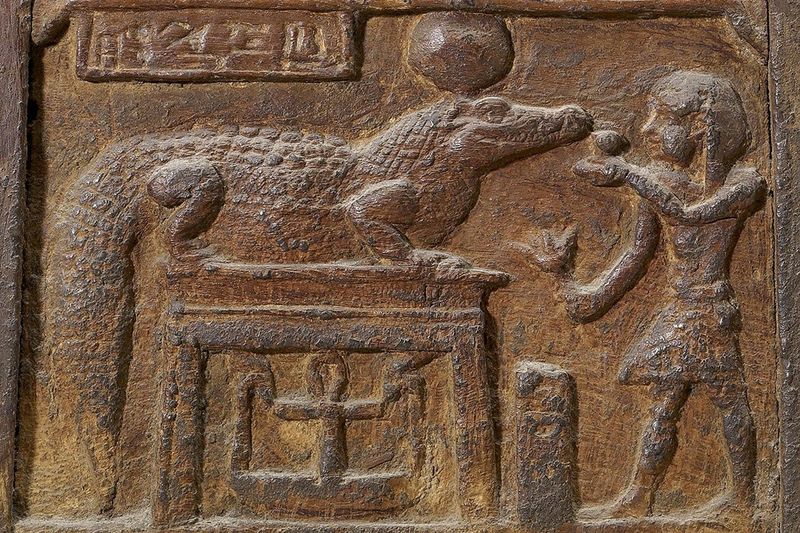
Males fighting during mating season embodied raw, untamed power for ancient Egyptians. These spectacular battles, with jaws snapping and tails thrashing, represented the primal forces shaping their world.
Female crocodiles guarding nests symbolized motherhood and fertility. Their protective nature paralleled the Nile’s life-giving floods, both nurturing and dangerous.
Priests observed crocodile behaviors to predict annual flooding. Early emergence from hibernation signaled abundant waters ahead – crucial knowledge for agricultural planning. When crocodiles appeared agitated or nested unusually high on riverbanks, Egyptians prepared for potentially devastating floods, seeing these reptiles as messengers of Nun, the primordial waters of chaos.
The Creator Crocodile In Aboriginal Dreamtime Stories
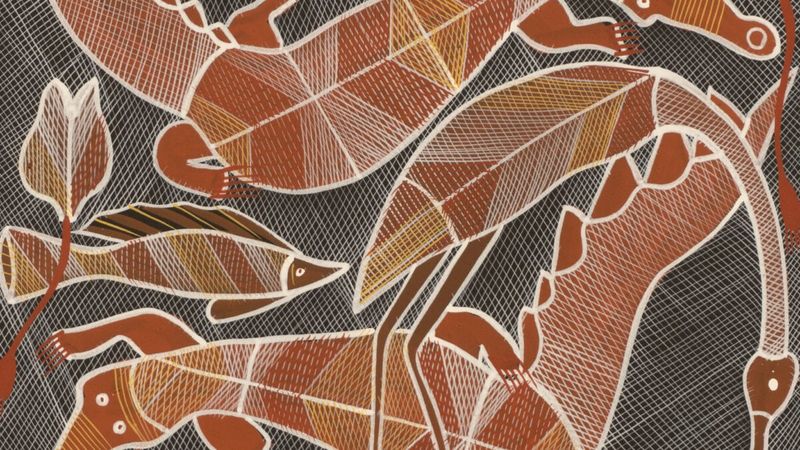
Baru, the ancestral crocodile, swam through formless waters when the world was young. His massive body carved rivers through the land as he traveled, creating the waterways of northern Australia.
According to Yolngu tradition, Baru’s scales transformed into hardened mud banks. His thrashing tail formed islands, while his breath created the first humans from clay.
Unlike Egyptian mythology where crocodiles often represented danger, Aboriginal stories portray the creator crocodile as a necessary shaper of reality. Without his movements, the landscape would remain flat and featureless. Each waterhole and billabong exists because the great crocodile stopped to rest there, leaving behind part of his spiritual essence that continues to sustain the land.
When The Rainbow Serpent Took The Form Of A Crocodile
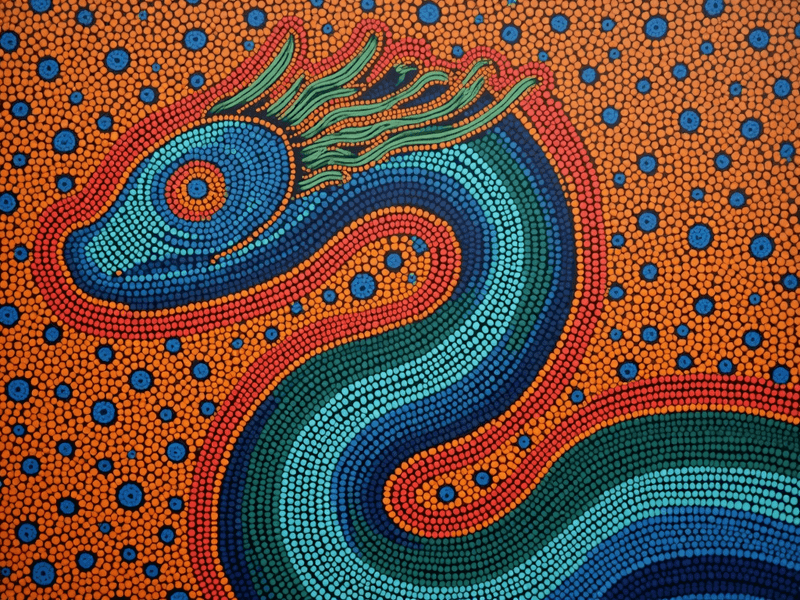
Stories from Arnhem Land tell of the Rainbow Serpent’s transformation into a mighty crocodile. This powerful being slithered across the dry earth until reaching the sea, where its body stretched and hardened into crocodilian form.
Elders speak of how the serpent-turned-crocodile taught the first people laws of survival. Its scales represent the seasons, while its teeth symbolize the harsh consequences of breaking tribal laws.
During special ceremonies, dancers mimic the movements of both snake and crocodile. Their bodies twist like the serpent, then snap like crocodile jaws, embodying this dual nature. The transformation represents adaptation – a central theme in Aboriginal understanding of how creatures survive in Australia’s challenging environment.
Crocodile Totems And Ancestral Ties In Indigenous Traditions
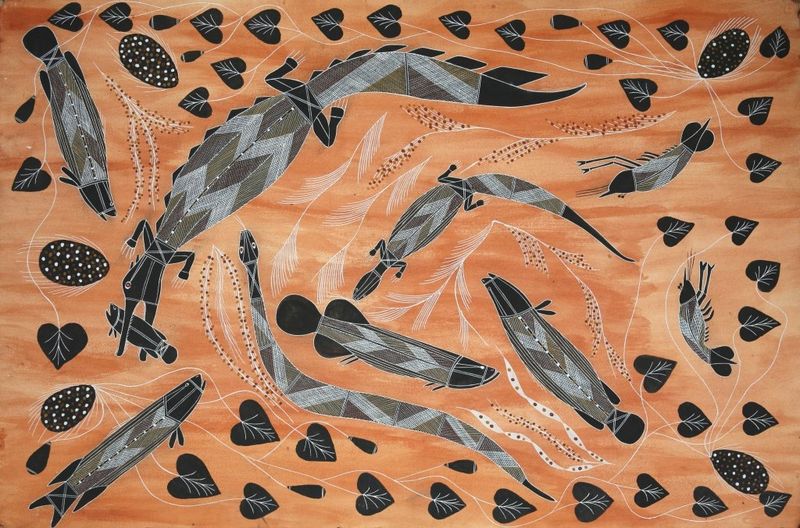
In some Aboriginal cultures, children born under the crocodile totem are believed to inherit responsibilities tied to spiritual beliefs. Elders recognize these children through signs like birthmarks or dreams.
Crocodile clan members are seen as keepers of water knowledge, learning to track water changes and predict weather patterns—essential survival skills in Australia’s harsh climate.
During ceremonies, they wear body paint representing crocodile scales and teeth, symbolizing their connection to ancestral power.
Unlike many cultures that fear crocodiles, these communities honor their link to the crocodile spirit, seeing themselves as descendants of the original guardian of their waters.
Sacred Waterways And The Crocodile’s Role In Shaping The Land

Billabongs and water holes across northern Australia bear names honoring the great crocodile’s journey. Each bend in a river represents where the ancestor paused or changed direction during creation time.
Storytellers point to distinctive rock formations resembling crocodile teeth or tails as evidence of these creation stories. During the wet season, when waters rise and crocodiles move freely across the landscape, these physical markers take on renewed spiritual significance.
Many Aboriginal communities maintain strict protocols about approaching certain waterways. These rules aren’t merely for physical safety – they acknowledge the spiritual presence of crocodile ancestors who continue to inhabit these places. Respecting these traditions means asking permission before fishing or swimming, ensuring harmony between humans and the powerful beings who shaped their world.
Rituals Dances And Songs Honoring The Crocodile Spirit
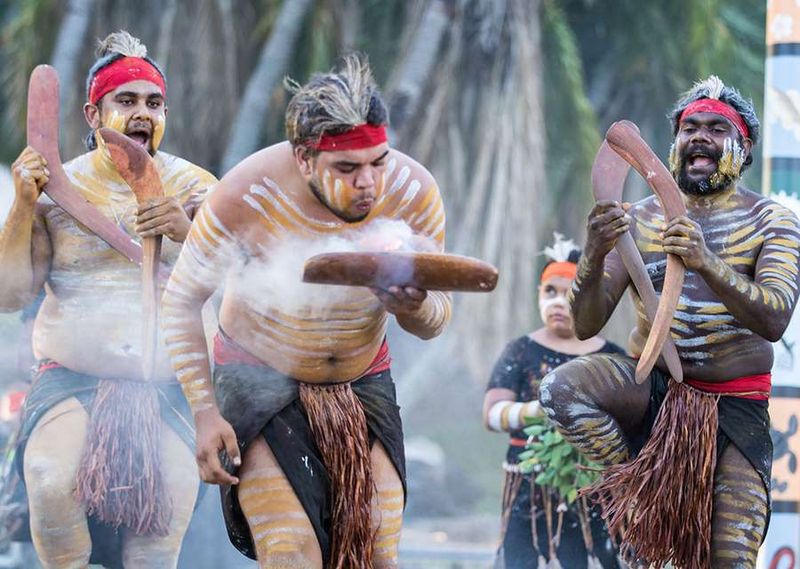
In some Aboriginal cultures, ceremonial dances mimic the crocodile’s tail slap, with performers stomping their feet to reflect its power. They wear elaborate headdresses made from natural materials, often with jaws that snap to the rhythm of drumbeats.
Songs passed down through generations recount the crocodile’s journey, encoding vital survival knowledge, hunting tips, and spiritual teachings.
During initiation, young men receive crocodile scarification patterns, symbolizing strength and connecting them to their totem.
Unlike Western performances, these ceremonies are not for entertainment but serve as living connections to ancestral knowledge, performed only at the right times and places as guided by elders.
Guardians Of The River Crocodiles In Myth Across Continents
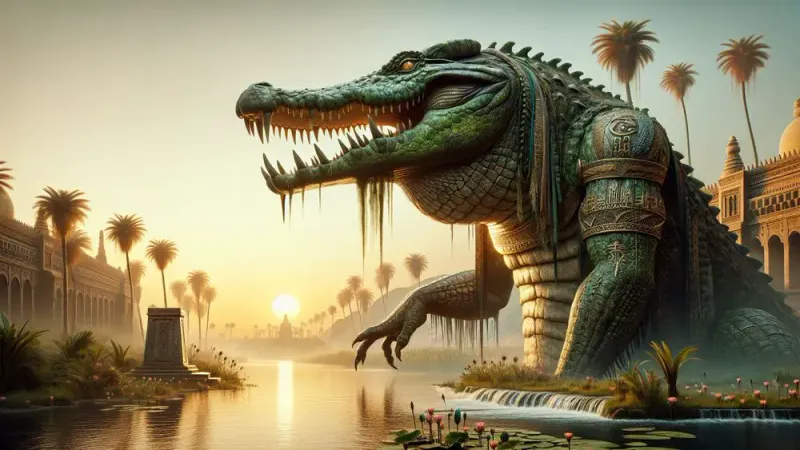
From Africa’s Nile to Australia’s northern territories, crocodiles serve as nature’s gatekeepers in cultural stories. Their ambush hunting style – patiently waiting before explosive action – mirrors how many cultures view the boundary between life and death.
Cambodian river communities speak of crocodile spirits guarding underwater palaces. Similar beliefs appear in Papua New Guinea, where certain crocodiles are thought to harbor ancestral spirits who protect fishing grounds.
Despite developing independently, these guardian myths share remarkable similarities. Crocodiles worldwide became symbols of threshold spaces – neither fully land nor water creatures. Their ability to remain motionless, watching with eyes just above the waterline, made them perfect symbols for unseen protectors patrolling the boundaries between worlds.
From Nile Temples To Dreamtime Legends The Crocodile As Divine Messenger
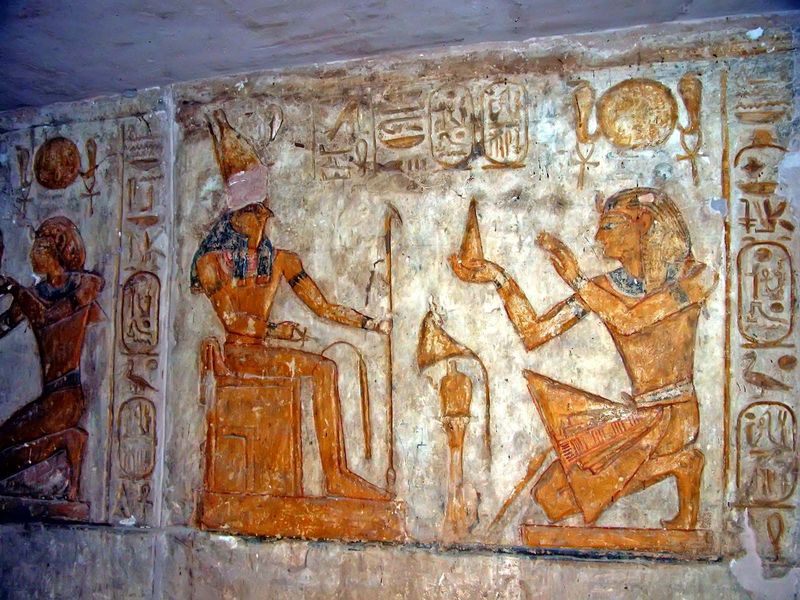
Ancient priests at Kom Ombo temple interpreted crocodile movements as divine communications. When crocodiles basked in certain patterns, priests declared omens about coming harvests or political changes.
Half a world away, Aboriginal elders watched crocodiles for similar messages. Unusual gatherings or behaviors signaled environmental shifts that communities needed to prepare for.
Both cultures recognized crocodiles’ extraordinary sensitivity to environmental changes. Modern science confirms crocodiles can detect minute water pressure changes and respond to weather patterns days before humans notice anything unusual. These ancient belief systems weren’t mere superstition but sophisticated observation systems encoding ecological knowledge. The crocodile served as nature’s warning system – a living barometer predicting floods, droughts, and seasonal transitions with remarkable accuracy.
The Dual Nature Of Crocodiles In Myth Life Giver And Life Taker
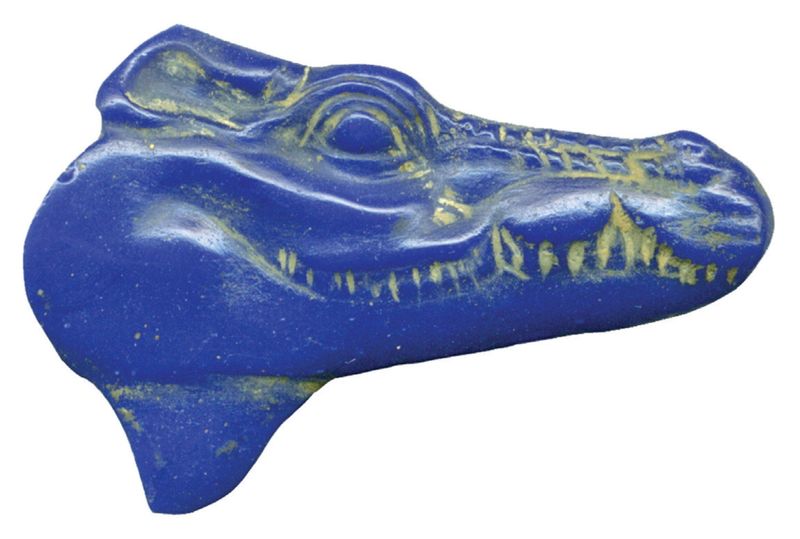
Mothers in crocodile-inhabited regions across cultures share seemingly contradictory practices. They simultaneously teach children to fear crocodiles while invoking crocodile spirits for protection during childbirth.
Egyptian tomb paintings show crocodiles carrying souls across celestial waters. The same creatures depicted devouring enemies in battle scenes reflect this perfect duality – death and rebirth united in one powerful symbol.
Aboriginal stories speak of punishing crocodiles who enforce moral laws by taking wrongdoers, while also describing how crocodile ancestors created the first human children. This paradox isn’t seen as contradictory but complementary – like the crocodile itself, nature contains both nurturing and destructive forces. Understanding and respecting this balance, rather than fearing it, represents the deepest wisdom these myths convey.


